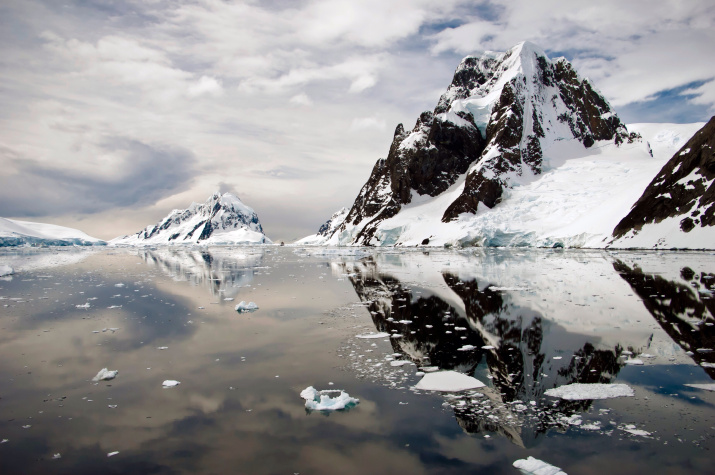The northernmost Russian Antarctic station, located on King George Island (Waterloo Island) and named after the discoverer of Antarctica Faddey Bellingshausen, is celebrating its anniversary. The research base, whose geographical location and climatic conditions allow for unique research, was opened 55 years ago – on February 22, 1968.
The Soviet Union began systematically studying Antarctica in the mid-1950s. First, the station “Mirny” appeared on the southern continent, opened on February 13, 1956, by the participants of the First Complex Antarctic Expedition of the Academy of Sciences of the USSR . As part of the International Geophysical Year (1957-1958), plans were discussed to create a whole network of such bases.
Initially, the station “Bellingshausen” was going to be built during the 4th Complex Antarctic Expedition on Alexander I Land on the coast of the Bellingshausen or Amundsen Seas. However, the construction was postponed due to the construction of another station – “Molodezhnaya”.
The station on Waterloo Island (South Shetland Islands archipelago) was built in 1968 by the members of the 13th Antarctic Expedition. "Bellingshausen" was built at an altitude of 16m above sea level in just one month. It became the fifth Soviet research base in Antarctica. The complex was designed for the wintering of 20 people.
In 1968, 12 polar explorers, led by station chief Arnold Budretsky, stayed for the first winter. Since then and to the present day, unique biological, geographical, geological, and glaciological scientific research has been conducted at “Bellingshausen”.
In the mid-1970s, the wooden panel houses of the station were replaced with more reliable aluminum buildings. A powerful radio center appeared at “Bellingshausen”, serving not only scientists, but also the Soviet fishing fleet fishing in the southern regions of the Pacific and Atlantic Oceans.
In the 1980s, 28 polar explorers worked at the station all year round, to which at least 20 more scientists were added in the summer. However, in the 1990s, due to funding cuts, activity at “Bellingshausen” declined. It was transferred to the category of seasonal field bases.
The original year-round status of the station was returned in 1999. Now its team consists of about 13 permanent and seasonal specialists. Meteorological, hydrological, geomorphological, paleogeographic, biological, ecological and other observations are carried out here; scientists take satellite images to monitor drifting ice. The first station abroad to improve the accuracy and reliability of the GLONASS navigation system, which allows you to adjust the orbits of satellites, was built at “Bellingshausen”.
In 2004, the first Orthodox church in Antarctica appeared at the station “Bellingshausen”. The church is built on a hill of cedar and larch and accommodates about 30 people. In 2020, a monument to the Russian navigator, the discoverer of Antarctica, Faddey Bellingshausen, was unveiled at the station.



